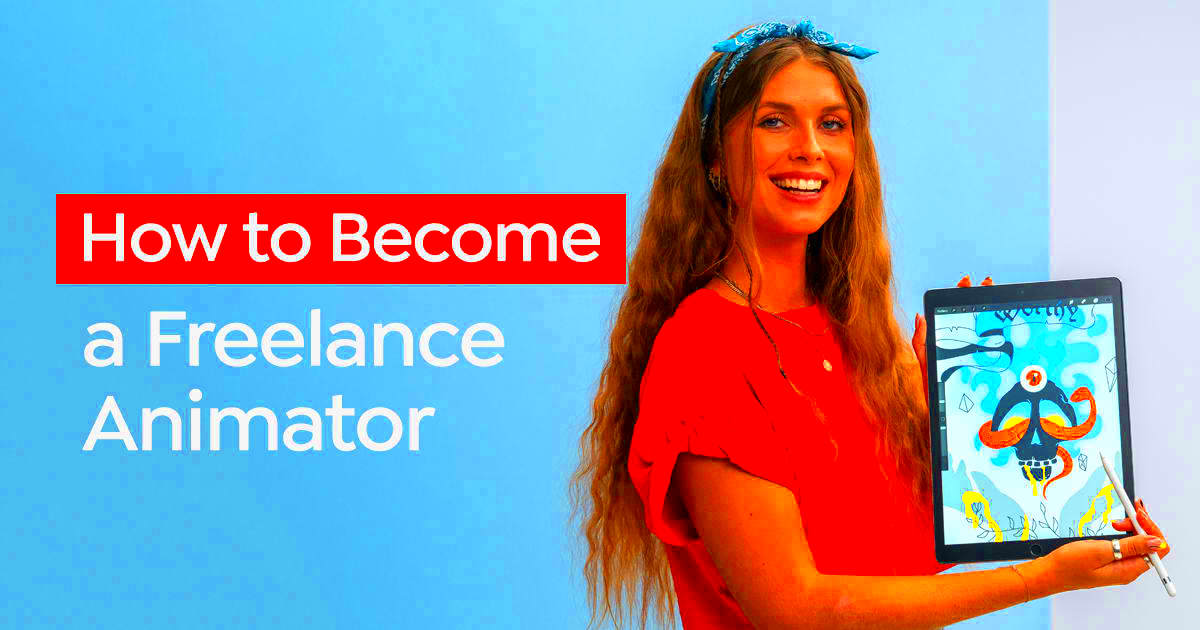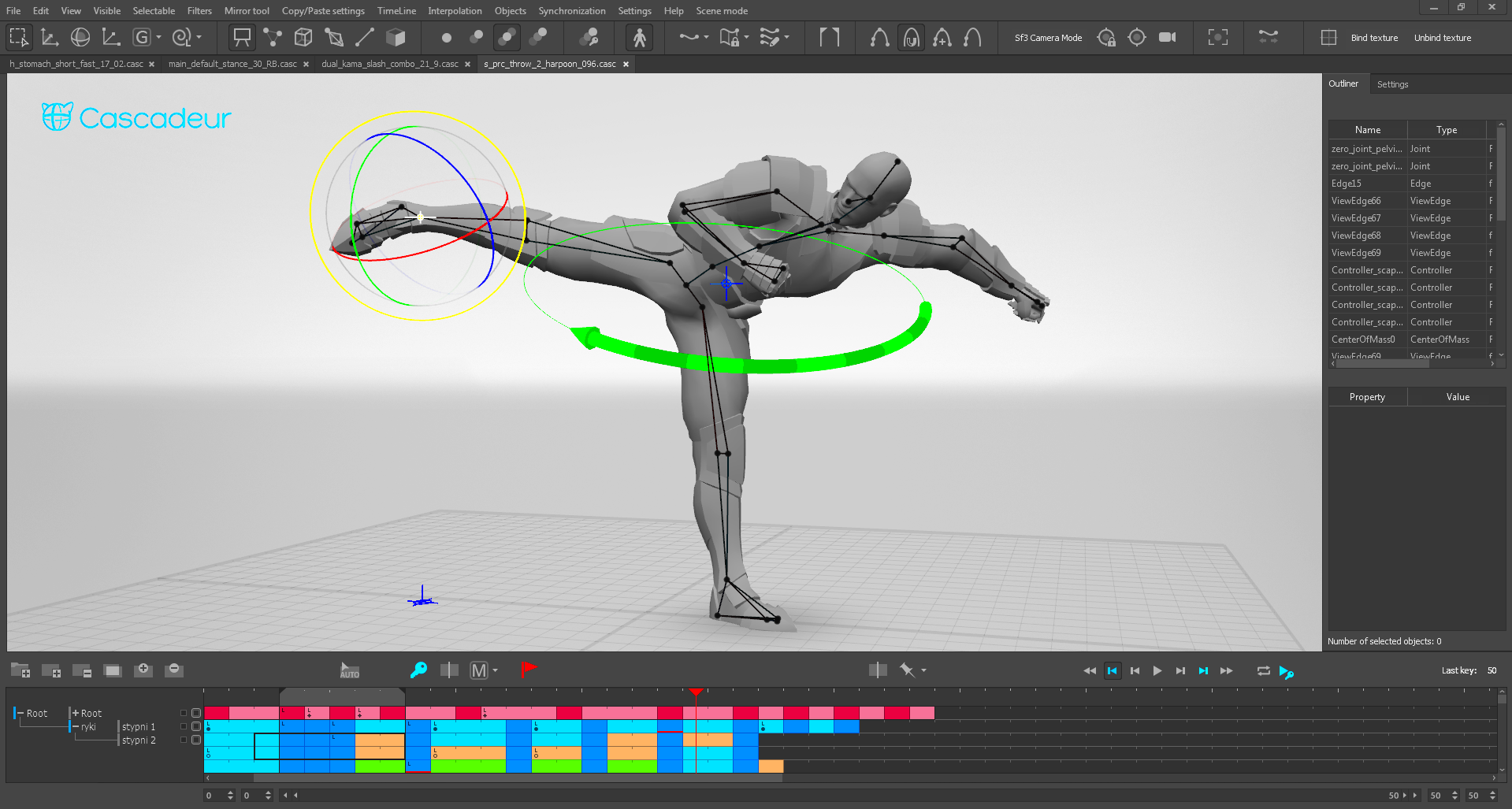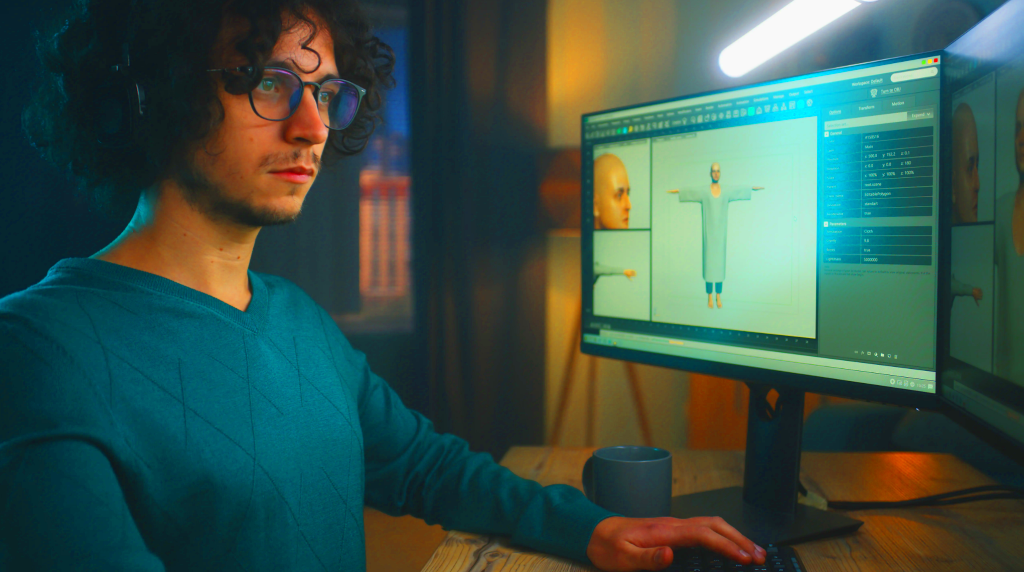A 3D animator brings life to digital models using advanced software. They create moving images for various platforms, including films, video games, and advertisements. The role involves transforming static designs into dynamic visuals that capture the audience’s attention. Animators often work with a team, collaborating with other artists, directors, and producers to ensure the final product meets the project’s vision.
In this field, creativity is key. Animators not only need technical skills but also a strong sense of storytelling. They must understand how to convey emotions and actions through their animations, making characters relatable and engaging. The animator’s job can involve:
- Modeling 3D characters and environments
- Rigging characters for movement
- Animating actions, facial expressions, and scenes
- Rendering final images and videos
- Reviewing feedback and making adjustments
Understanding the target audience and the project's purpose helps animators tailor their work effectively. As technology evolves, the role continues to expand, offering exciting opportunities for creativity and innovation.
Essential Skills for Freelance 3D Animators

To succeed as a freelance 3D animator, certain skills are essential. While technical expertise is crucial, soft skills can make a significant difference in your freelance career. Here are the key skills you should focus on:
- Technical Proficiency: Master 3D software like Blender, Maya, or 3ds Max.
- Animation Principles: Understand the basics of movement, timing, and spacing.
- Creativity: Think outside the box and develop unique characters and stories.
- Attention to Detail: Pay close attention to textures, lighting, and motion.
- Communication Skills: Work effectively with clients and team members.
- Time Management: Meet deadlines and manage multiple projects efficiently.
By honing these skills, you’ll not only enhance your work quality but also increase your chances of attracting clients. Continuous learning through online courses and tutorials can help keep your skills sharp and up-to-date.
Also Read This: Top 10 Email Copywriters on Fiverr in 2024
Building a Strong Portfolio as a 3D Animator

Your portfolio is your calling card in the world of freelance 3D animation. It showcases your best work and demonstrates your skills to potential clients. A strong portfolio should include a variety of projects to highlight your versatility and style. Here’s how to create an impressive portfolio:
- Include Diverse Work: Showcase different types of animations, from character animations to environmental designs.
- Highlight Your Best Projects: Select work that reflects your skills and creativity. Quality is more important than quantity.
- Add Process Work: Include sketches, storyboards, and behind-the-scenes shots to show your creative process.
- Use a Professional Website: Create a user-friendly website where clients can view your work easily. Include an “About Me” section and contact information.
- Update Regularly: Keep your portfolio current by adding new projects and removing outdated work.
Consider including video reels for dynamic presentations of your animations. A compelling portfolio will not only attract potential clients but also give you the confidence to pursue your freelance career in 3D animation.
Also Read This: How to Leave a Review on Fiverr
Finding Freelance Opportunities in 3D Animation

Finding freelance opportunities in 3D animation can seem daunting at first, but there are plenty of avenues to explore. The key is to leverage your skills and network effectively. Many businesses and studios look for talented animators, so getting your foot in the door can open up numerous possibilities.
Here are some effective strategies to find freelance gigs:
- Online Job Platforms: Websites like Fiverr, Upwork, and Freelancer allow you to showcase your skills and connect with clients actively looking for animators.
- Networking: Attend industry events, workshops, and online forums to meet other professionals. Join social media groups and participate in discussions to expand your network.
- Direct Outreach: Research companies that align with your interests and send personalized emails with your portfolio attached. Many businesses appreciate proactive freelancers.
- Cold Emailing: Don’t hesitate to reach out to potential clients directly. A well-crafted email introducing yourself and your work can lead to unexpected opportunities.
- Referrals: Ask satisfied clients for referrals. Word of mouth can be one of the most effective ways to find new clients.
By combining these methods, you can effectively tap into the freelance market and find opportunities that match your skills and interests.
Also Read This: How to Sell Services on Fiverr
Setting Your Rates as a Freelance 3D Animator
Setting your rates as a freelance 3D animator can be tricky. You want to be competitive while ensuring you’re compensated fairly for your time and skills. Consider various factors when determining your rates, including your experience, the complexity of the project, and the client’s budget.
Here are some tips to help you set your rates:
- Research Industry Standards: Look into what other animators with similar skills and experience are charging. Websites like Glassdoor or industry reports can provide insights.
- Consider Your Expenses: Factor in your software costs, hardware, taxes, and other expenses when determining your hourly or project rate.
- Value Your Time: Think about how long projects typically take you. Make sure your rates reflect the time and effort you invest in each project.
- Offer Different Pricing Structures: You can choose between hourly rates, flat fees, or retainer agreements. Each has its advantages depending on the project and client.
- Be Flexible: Don’t be afraid to negotiate, especially with repeat clients. Offering discounts for ongoing projects can help build long-term relationships.
Remember, it’s essential to communicate your value to clients. Make sure they understand the quality and expertise you bring to each project.
Also Read This: Top 10 Legal Consultants on Fiverr in 2024
Marketing Yourself as a 3D Animator
Marketing yourself effectively as a 3D animator can help you stand out in a competitive field. It’s all about showcasing your skills and building your brand. With the right marketing strategies, you can attract more clients and grow your freelance business.
Here are some proven marketing tactics:
- Build a Professional Website: Create a user-friendly website that showcases your portfolio, services, and testimonials. Make it easy for potential clients to contact you.
- Utilize Social Media: Share your work on platforms like Instagram, Facebook, and LinkedIn. Engaging with your audience can lead to new opportunities.
- Join Online Communities: Participate in forums and groups related to 3D animation. Sharing your knowledge and connecting with others can increase your visibility.
- Content Creation: Consider starting a blog or YouTube channel where you share tips, tutorials, and insights about 3D animation. This can establish you as an expert in your field.
- Email Marketing: Build a mailing list and send out regular newsletters with updates on your work, projects, and any promotions you might offer.
By implementing these strategies, you can effectively market yourself as a freelance 3D animator, attract new clients, and build a strong professional presence in the industry.
Also Read This: How to Get Fiverr Balance to Bank Account
Tools and Software for 3D Animation
Choosing the right tools and software is crucial for any 3D animator. The software you use can significantly affect your workflow and the quality of your animations. Fortunately, there are many options available, catering to different skill levels and project needs.
Here are some of the most popular tools and software in the industry:
- Blender: A powerful, open-source software suitable for beginners and professionals alike. It offers a wide range of features for modeling, rigging, animation, and rendering.
- Autodesk Maya: Widely used in the film and gaming industries, Maya provides advanced tools for character animation, modeling, and simulation.
- 3ds Max: Known for its intuitive interface, 3ds Max is excellent for architectural visualization and game development.
- Cinema 4D: Popular for motion graphics, Cinema 4D is user-friendly and integrates well with other design software.
- ZBrush: Ideal for sculpting detailed characters and creatures, ZBrush is widely used in both film and gaming.
In addition to these software tools, consider using hardware like a graphics tablet for precision and control during the animation process. By investing in the right tools, you can enhance your productivity and creativity in 3D animation.
Also Read This: How to Deposit Money on Fiverr: A Step-by-Step Guide
Tips for Success in Freelance 3D Animation
Success as a freelance 3D animator relies on more than just technical skills. It involves managing your business effectively, building strong relationships with clients, and continuously improving your craft. Here are some practical tips to help you thrive in this field:
- Stay Organized: Use project management tools to keep track of deadlines and client communications. Tools like Trello or Asana can be very helpful.
- Keep Learning: The animation industry is always evolving. Take online courses or attend workshops to learn new techniques and software updates.
- Communicate Clearly: Make sure you understand your client’s vision and provide regular updates on your progress. Good communication can prevent misunderstandings.
- Network Regularly: Attend industry events and connect with other professionals. Building relationships can lead to referrals and collaboration opportunities.
- Be Professional: Always meet deadlines and maintain a high standard of work. A strong reputation will help you secure more clients.
By following these tips, you can position yourself for long-term success in the competitive world of freelance 3D animation.
Also Read This: How to Make an Attractive Gig on Fiverr
Frequently Asked Questions
As a freelance 3D animator, you may have questions about the industry, your career, and the best practices to follow. Here are some frequently asked questions that can help guide you:
- What skills do I need to become a 3D animator? A combination of technical skills in software and creative skills in storytelling and design is essential.
- How do I start finding clients? Use online platforms, network in your community, and consider reaching out directly to potential clients.
- What should I include in my portfolio? Your portfolio should showcase a variety of your best work, including different styles and projects to demonstrate your versatility.
- How much can I charge as a freelance 3D animator? Rates vary based on experience, project complexity, and market demand. Research industry standards to set competitive rates.
- Is it necessary to specialize in one area? While specializing can help you stand out, having a broad skill set can also open up more opportunities.
By addressing these common questions, you can better navigate your journey as a freelance 3D animator and feel more confident in your decisions.
Conclusion
Becoming a successful freelance 3D animator takes time, dedication, and the right strategies. By understanding the role, honing your skills, and effectively marketing yourself, you can carve out a niche in this exciting field. Remember to invest in the right tools, keep your portfolio up to date, and maintain clear communication with your clients. As you navigate your freelance journey, embrace opportunities for learning and growth, and don’t hesitate to connect with fellow animators. With passion and persistence, you can thrive in the world of freelance 3D animation.




